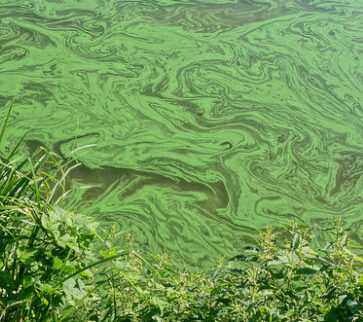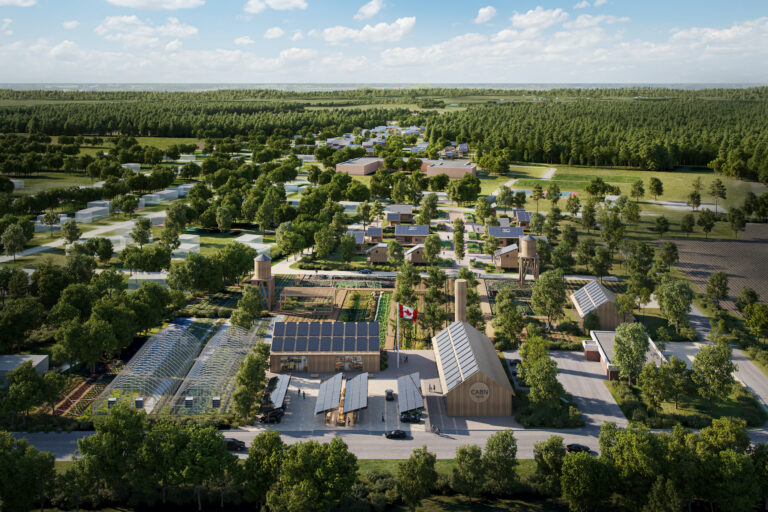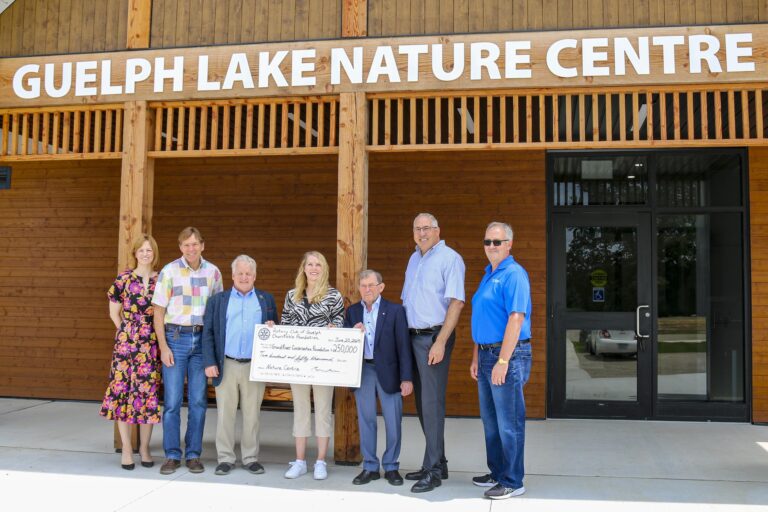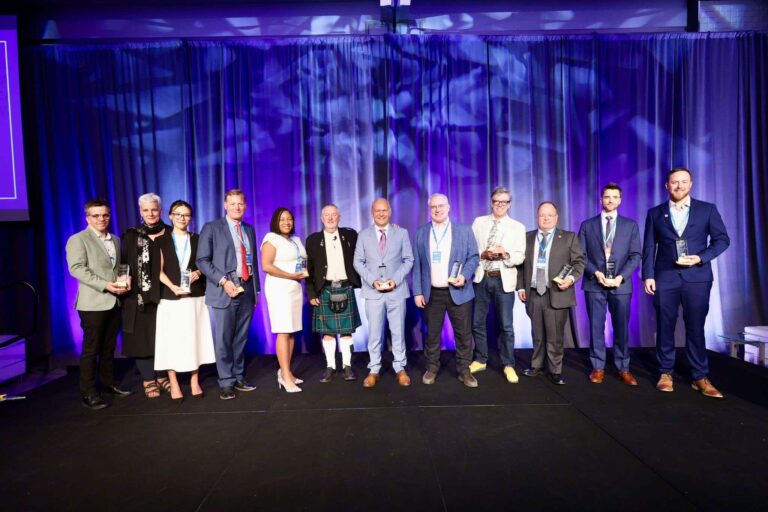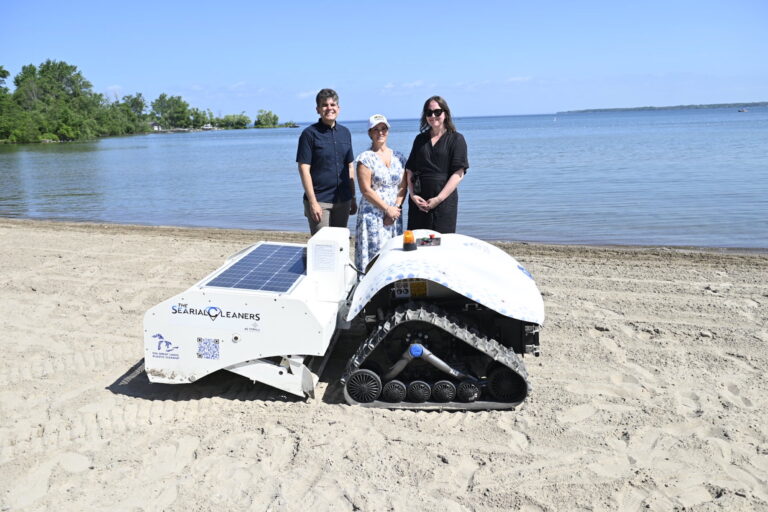Monday, June 30, 2025
No more nuclear waste and metals healing themselves? These are the findings of two studies published in July. Sounds unbelievable? These two scientific breakthroughs might be a sign for sustainable improvements. What exactly are these studies and why do they matter?
Resolving the radioactive waste issue
The first study from a team at Houston University in Texas has discovered molecular crystals capable of capturing iodine: one of the most common radioactive fission products. What does that mean for the industry?
The material used to produce heat to power turbines is called nuclear fuel. Once nuclear fuel has been used, it is placed in water to cool it down and contain radiation. After six to 10 years, the fuel can be transferred to a dry storage facility in reinforced concrete containers.
According to the World Nuclear Association, some countries such as France, Japan, Germany, Belgium and Russia recycle the used nuclear fuel. And yet, the International Atomic Energy Agency (IAEA), in 2022, reported 146 incidents.
“In recent years, a growing number of incidents involved detections at metal recycling chains and the detection of manufactured goods contaminated with radioactive material. This indicates a persistent problem for some countries in securing and detecting the unauthorized disposal of radioactive sources. […]The resulting contaminated metal, if used to manufacture household goods, could pose a potential health problem to unsuspecting consumers” reports the IAEA.
On top of the safety issues with the recycled materials, some of the by-products of nuclear fuel – mainly the fission products – still need to be placed in a repository. In Canada, there are four nuclear power plants and 16 different sites for radioactive waste management. In September 2021, the Nuclear Waste Management Organization (NWMO) reported an approximate of 3.1 million bundles of nuclear fuel waste in Canada.
“This is equivalent to approximately 59,770 tonnes of heavy metal (t-HM)” states the organization. A number that – according to the projections of the NWMO – will keep growing to 5.5 million or 106,400 t-HM. Moreover, Canada has to find a new site to build a deep geologic repository for high-level nuclear waste. The decision is due in 2024 and two potential sites – one in northern Ontario and another in southern Ontario – are under consideration.
However, this process is fraught with social tension. Not only is the radioactive waste still dangerous, it also needs space to be immobilised which is hard to find. And that is precisely why the findings of the Houston research team are interesting.
The study shows that crystals made of carbon, hydrogen and oxygen atoms can capture iodine in aqueous and organic solutions, and on the interface between the two. “This last point is particularly salient because iodine captured on interfaces could prevent the iodine from reaching and damaging the specialized paint coatings used in nuclear reactors and waste containment vessels” explains Ognjen Miljanic, professor of chemistry and corresponding author of the paper detailing the breakthrough in Cell Reports Physical Science.
“When the material is deposited between the organic and aqueous layer, it essentially stops the transfer of iodine from one layer to another” he adds. Furthermore, the captured iodine can potentially be moved from one area to another. “The idea here is that you capture it at a place where it’s difficult to manage, and then you release it at a place where it’s easy to manage” says the professor.
Of course, all of these great potentials still need to be tested in practical applications, which has Ognjen Miljanic thinking of the next steps. “The crystals are quite easy to make and can be produced at a large scale from relatively inexpensive materials without any special protective atmosphere” he says. They can also capture other molecules such as carbon dioxide, which would be another great step towards a cleaner and more sustainable world. The next goal is to find a partner who will help the scientists explore different commercial aspects. Until then, the team is planning to further explore the kinetics and behaviours of the crystal structures to make them even better.
Sustainable metals or science fiction?
In the second study, a research team from Sandia National Laboratories and Texas A&M University witnessed pieces of metal crack, then fuse back together without any human intervention. But why does it matter?
Metals wear out and eventually break: it is called fatigue damage. Repeated stress or motion causes microscopic cracks to form and, over time, these cracks grow and spread until the whole device breaks. Although scientists have created some self-healing materials (mostly plastics) the notion of a self-healing metal has largely been the domain of science fiction.
But in 2013, Michael Demkowicz, a professor at Texas A&M, published a new theory, based on findings in computer simulations, that under certain conditions metal should be able to weld cracks formed by wear and tear. This year, his theory became true in Sandia laboratories when a team of researchers was evaluating how cracks formed and spread through a nanoscale piece of platinum. Surprisingly, about 40 minutes into the experiment, the damage reversed course. One end of the crack fused back together as if it was retracing its steps, leaving no trace of the former injury.
Although a lot remains unknown about the self-healing process, including whether it will become a practical tool in a manufacturing setting, “the extent to which these findings are generalizable will likely become a subject of extensive research” explains Brad Boyce, one of the scientists in the team. “We show this happening in nanocrystalline metals in vacuum. But we don’t know if this can also be induced in conventional metals in air.”
If the newly discovered phenomenon can be harnessed, it could make engines, bridges or airplanes safer and longer-lasting and, in the long run, could lead to less extraction of metals, less production and less waste. This is fundamental because the extraction and production of metals is not only associated with negative environmental effects including deforestation and pollution but also with social negative impacts such as violence, child labour, escalation of gender and health inequalities.
For instance, in 2021, Canada produced over 60 minerals and metals. But data from the National Pollutant Release Inventory (NPRI) shows that approximately 4.99 million tonnes of pollutants were release in the environment (water, land and air pollution) because of the oil, gas and metal industries.
“The pollutants released in the highest quantities were carbon monoxide, sulphur dioxide, nitrogen oxide (expressed as nitrogen dioxide), and particulate matter, which are associated with smog and acid rain. The Oil and Gas Extraction and the Alumina and Aluminum Production and Processing sectors released the highest quantities of pollutants to the atmosphere” states the NPRI. And since Canada is the world’s fourth-largest primary aluminum producer – following China, India and Russia – this finding could help the Canadian government to reach its greenhouse gas emission target and face other environmental challenges.
Overall, these two studies not only give me hope for a more sustainable life, while they also show that we still have a lot to learn from minerals, plants and animals on our planet.

Andreia Portinha Saraiva is a freelance journalist from Switzerland currently spending time in Canada. EJ’s NextGen Perspectives column helps provide an inclusive look at the various youth voices involved in the environment industry.
Featured image credit: Chalk River Labs. Canadian Nuclear Laboratories (CNL) Chalk River Laboratories are the largest single complex in Canada’s science and technology community.







